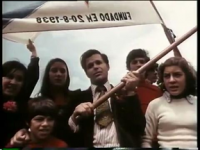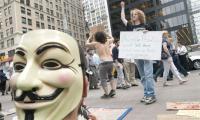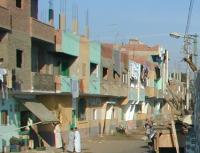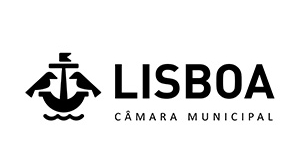revolution
Articles tagged with revolution
Tag Archive
- acid house
- África do Sul
- Afro-Port
- afro-portuguese
- Afrolis
- Alemanha
- Alqueva
- Alternative
- Amazónia
- América Latina
- anti-colonial
- artistic movements
- Artur Nunes
- audre lorde
- Bab Cepta
- beirut
- Berlin
- black actor
- Black body
- black history
- branco
- Cabo Verde
- Cacheu
- Calouste Gulbenkian Foundation
- Celeiro
- choreographer
- Chris Marker
- chronicle
- city
- Claire Tancons
- Coleira
- crioulo
- decolonial
- descolinizar museus
- dj lucky
- Dombe Grande
- dubstep
- economia
- escolha
- Exhibition
- far-right
- Festival de Músicas do Mundo
- Gaza
- General D
- Germano de Almeida
- gulbenkian
- herero
- hospitalidade
- humanism
- iran
- Jihan el Tahri
- Joana gomes
- língua
- Lisbon Architecture Triennale
- Literatura
- Luandaino Vieira
- lusitanismo
- Mahla Filmes
- mamela nyamza
- Memorial to Homage Enslaved People
- microeconomics
- Miguel Gullander
- Moçâmedes
- musica africana
- north
- One World in Relation
- opinião
- patera
- Paulo Faria
- Paulo Flores
- Pedro José-Marcellino
- perfomance
- portuguese
- post-memories
- Postmemory
- queer
- Rabbit Hole
- radio
- refugiados
- representation
- Resem Verkron
- Rita GT
- Sara Chaves
- school
- schools
- sculpture
- sello pesa
- SOFIA YALA
- solidarity
- space
- Spain
- Stuart Hall
- Tamara Dawit
- Terra Batida
- The Sudanese Revolution
- todassabemos
- Vazante
- xxx
- Zézé Gamboa
- Zimbabwe
 In contemporary Portuguese cinema, the question is to know how to represent the revolution. How can the revolution’s temporality be reconfigured in the present? How can it be made present and not past? How can the archives of the revolution’s political strength be restored? If the crossing of history is always a critical operation and if the historical approach implies a process of identification with past events, for contemporary Portuguese filmmakers — especially the children of the revolution — these vast archives and this impressive cinematic corpus place the question outside of the reach of any historicism.
In contemporary Portuguese cinema, the question is to know how to represent the revolution. How can the revolution’s temporality be reconfigured in the present? How can it be made present and not past? How can the archives of the revolution’s political strength be restored? If the crossing of history is always a critical operation and if the historical approach implies a process of identification with past events, for contemporary Portuguese filmmakers — especially the children of the revolution — these vast archives and this impressive cinematic corpus place the question outside of the reach of any historicism.  While some commentators and journalists have dismissed Occupy Wall Street as carnival, lawmakers and policemen did not miss the point. Carnival per se, the Shrovetide festival, hardly exists in the United States anymore, save for Mardi Gras in New Orleans and the West-Indian American or Labor Day Parade in Brooklyn, a pan-Caribbean celebration.The carnivalesque, however, as medium of emancipation and instrument of political protest, is alive and well. (...) Carnivalesque protests are a staple of the anti-corporate globalization movement.
While some commentators and journalists have dismissed Occupy Wall Street as carnival, lawmakers and policemen did not miss the point. Carnival per se, the Shrovetide festival, hardly exists in the United States anymore, save for Mardi Gras in New Orleans and the West-Indian American or Labor Day Parade in Brooklyn, a pan-Caribbean celebration.The carnivalesque, however, as medium of emancipation and instrument of political protest, is alive and well. (...) Carnivalesque protests are a staple of the anti-corporate globalization movement.  The virtual space of communication through social networks took part in the square’s new configuration, as in some way participated the space created by the window that we all opened. Even more determinant was the physical and real presence of the demonstrators and their capacity for resistance. The occupation of the square leads us to rethink public space, but the question that is imposed is what will then have to change so that Tahir Square can maintain the new configuration it conquered, a place of intervention, communication and meeting, and that it doesn’t go back to its old condition of museum space for tourists and road circulation?
The virtual space of communication through social networks took part in the square’s new configuration, as in some way participated the space created by the window that we all opened. Even more determinant was the physical and real presence of the demonstrators and their capacity for resistance. The occupation of the square leads us to rethink public space, but the question that is imposed is what will then have to change so that Tahir Square can maintain the new configuration it conquered, a place of intervention, communication and meeting, and that it doesn’t go back to its old condition of museum space for tourists and road circulation? 
